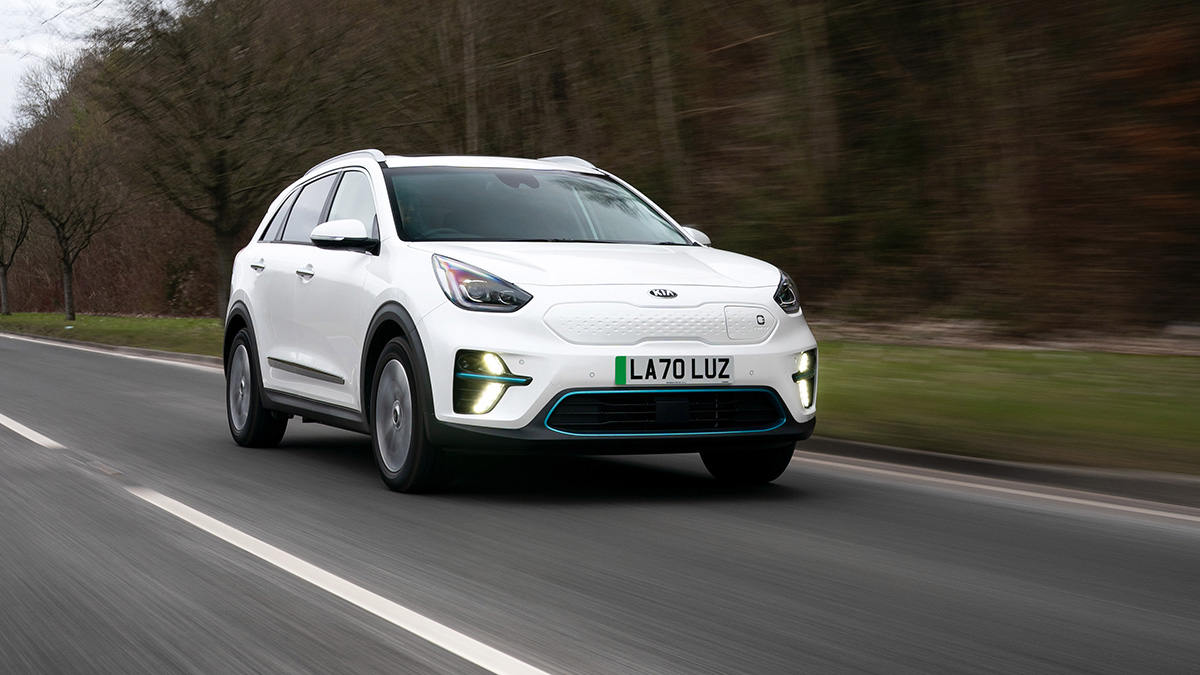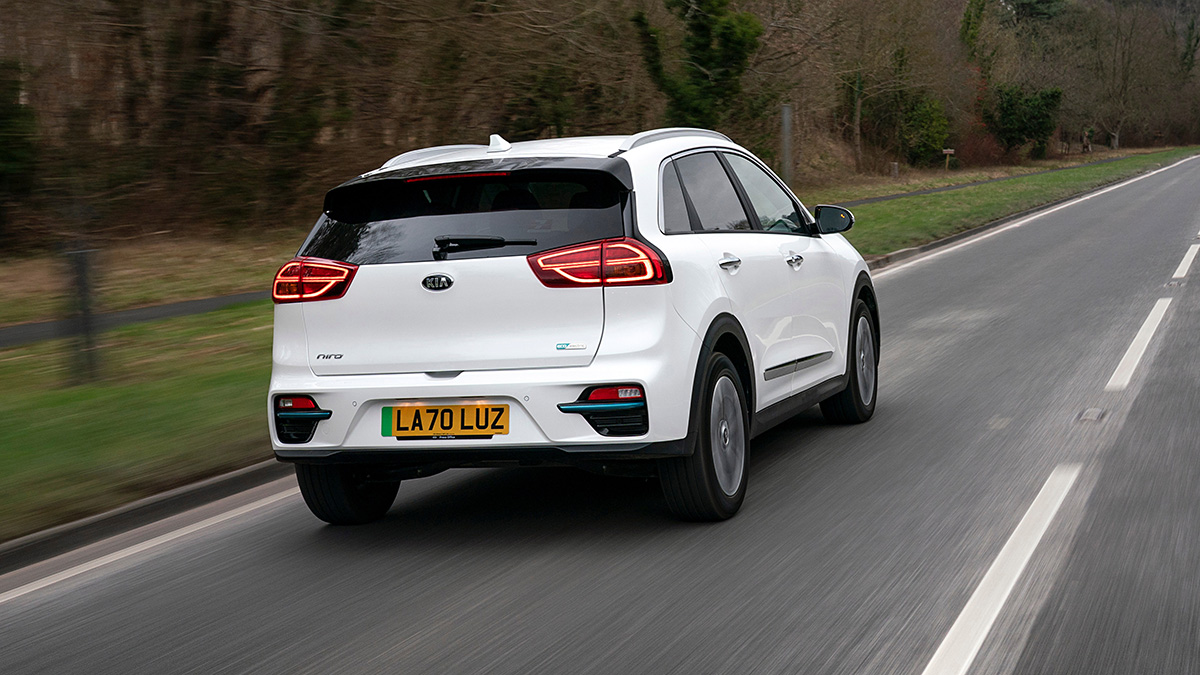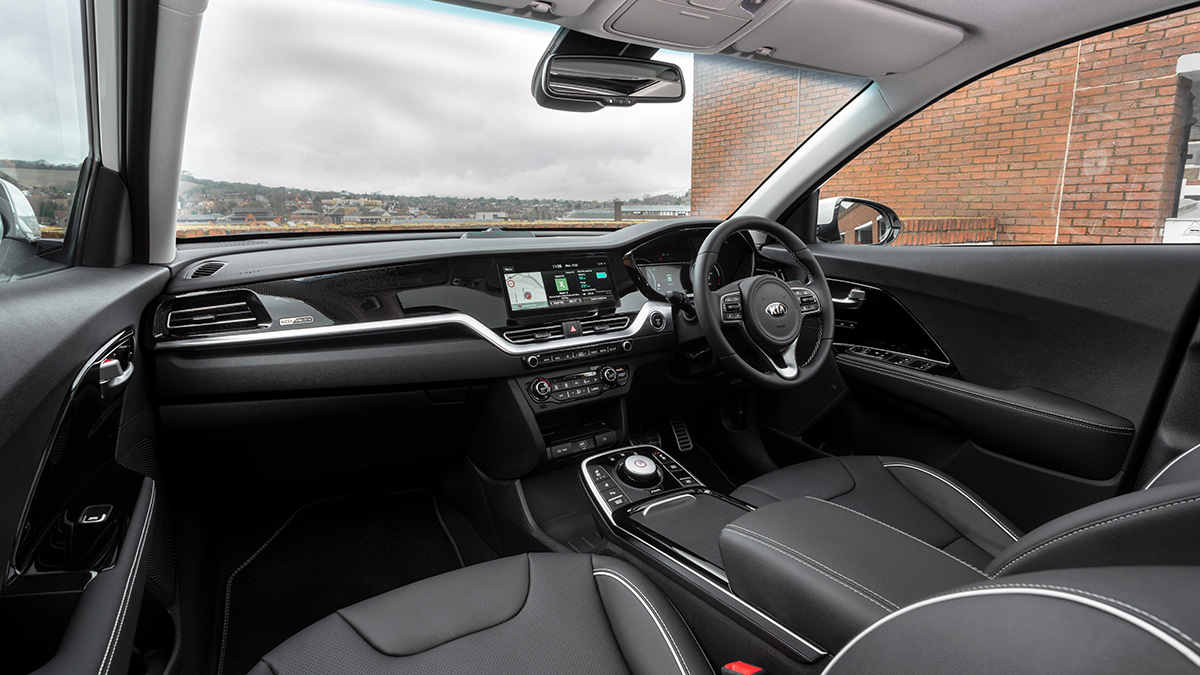
Kia e-Niro (2018-2022) review
Driving
What is it like to drive?
First things first – that 282-mile range in the 64kWh e-Niro is easily enough for 98 per cent of the journeys you will make in a calendar year, and for the two per cent of times where it isn’t, you’ll probably want to make a quick stop for a coffee and a wee anyway.
In real world driving we’ve found the projected range display to be extremely accurate – which may sound like an obvious thing for manufacturers to get right, but so many fluctuate massively if you switch on the aircon or dare to listen to the radio. This way range anxiety isn’t really an issue until you drop towards single figures.
The e-Niro’s impressive regenerative braking is partly responsible for that, and it also makes what would otherwise be a very plain, 201bhp crossover reasonably fun to drive. As with other EVs, there are wheel-mounted paddles that control four different levels of regen. Pull the left hand paddle a couple of times heading into a corner and you’ll engage maximum regen – making the e-Niro act almost like a single pedal car as there’s no need to brake. Pull the right paddle multiple times and you’ll coast for days whenever you lift – ideal for motorway driving.
Teaching yourself how much regen you’ll need for each corner and avoiding the brake pedal (which only provides regen up to a certain point before friction is called upon) makes for a new age but engaging driving experience when you want it.
The e-Niro corners reasonably flat too, although there’s little to no steering feel and the ride quality is compromised as a result. It’s not uncomfortable from a driver’s perspective, but anyone that frequently carries car-sick passengers should be aware that the firmer springs and dampers make for a bouncier ride than in the IC-engined Niros. That’s the price to pay for a 450kg battery pack, but it’s worth it for that impressive range.
All in the e-Niro weighs just over 1,800kg despite an aluminium boot and bonnet, and while the ride quality suffers slightly, the refinement is mightily impressive – there’s almost no road noise even at motorway speeds. The 291lb ft of torque on tap in full-fat sport mode is plenty to shift the weight, too, although in reality you wouldn’t need to come out of Eco or Normal all too often. Top speed is 104mph and it’ll do 0-60mph in 7.5secs – not that either of those numbers matter too much in practice.
The 39kWh car saves 140kg over its larger capacity siblings, and is a mite more efficient with its electricity to boot, although that’s scant consolation when you’re pulling in 100 miles earlier to plug in on a long journey. That said, you don’t feel any of the performance cap in everyday driving – two more seconds to 60mph makes no odds around town when you’re tickling an EV about the place, nor does the lower max speed of 95mph. In fact, if you’re mostly city bound and can plug in at home you might as well go for the smaller battery.
Featured

Trending this week
- Car Review
BMW iX3






